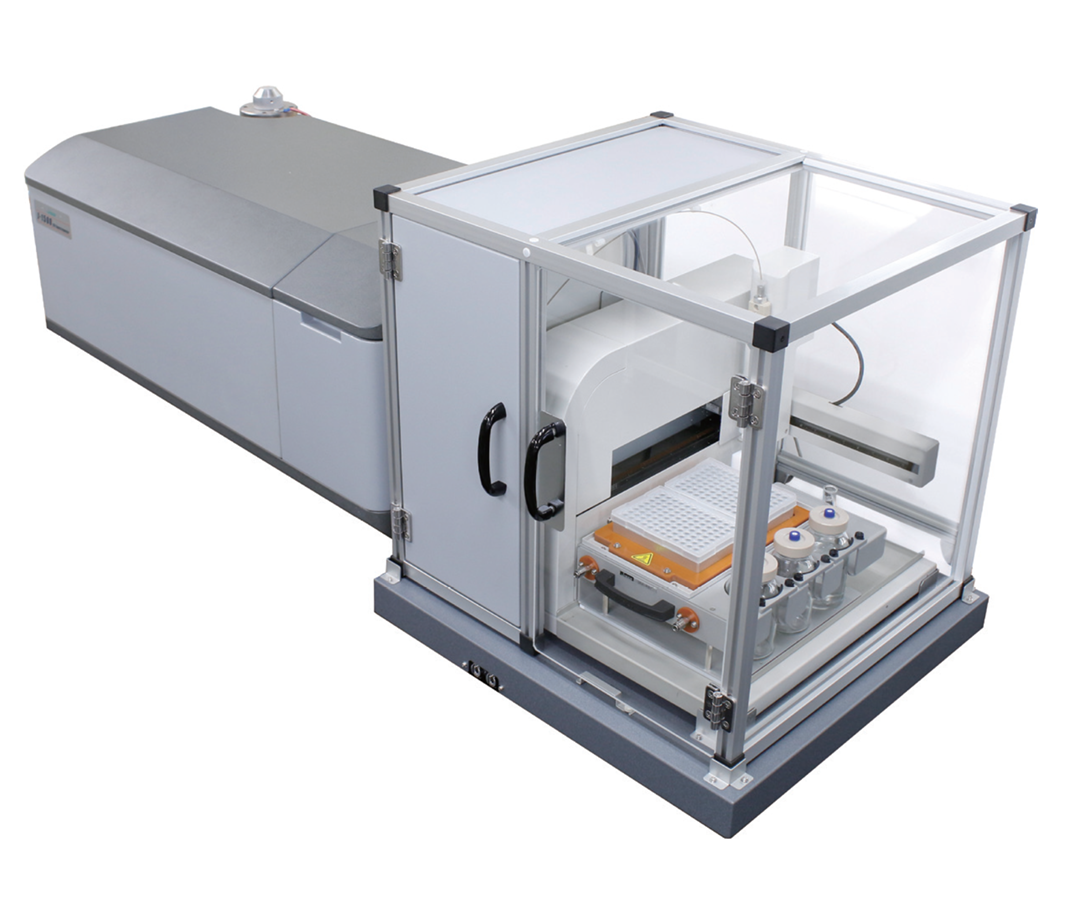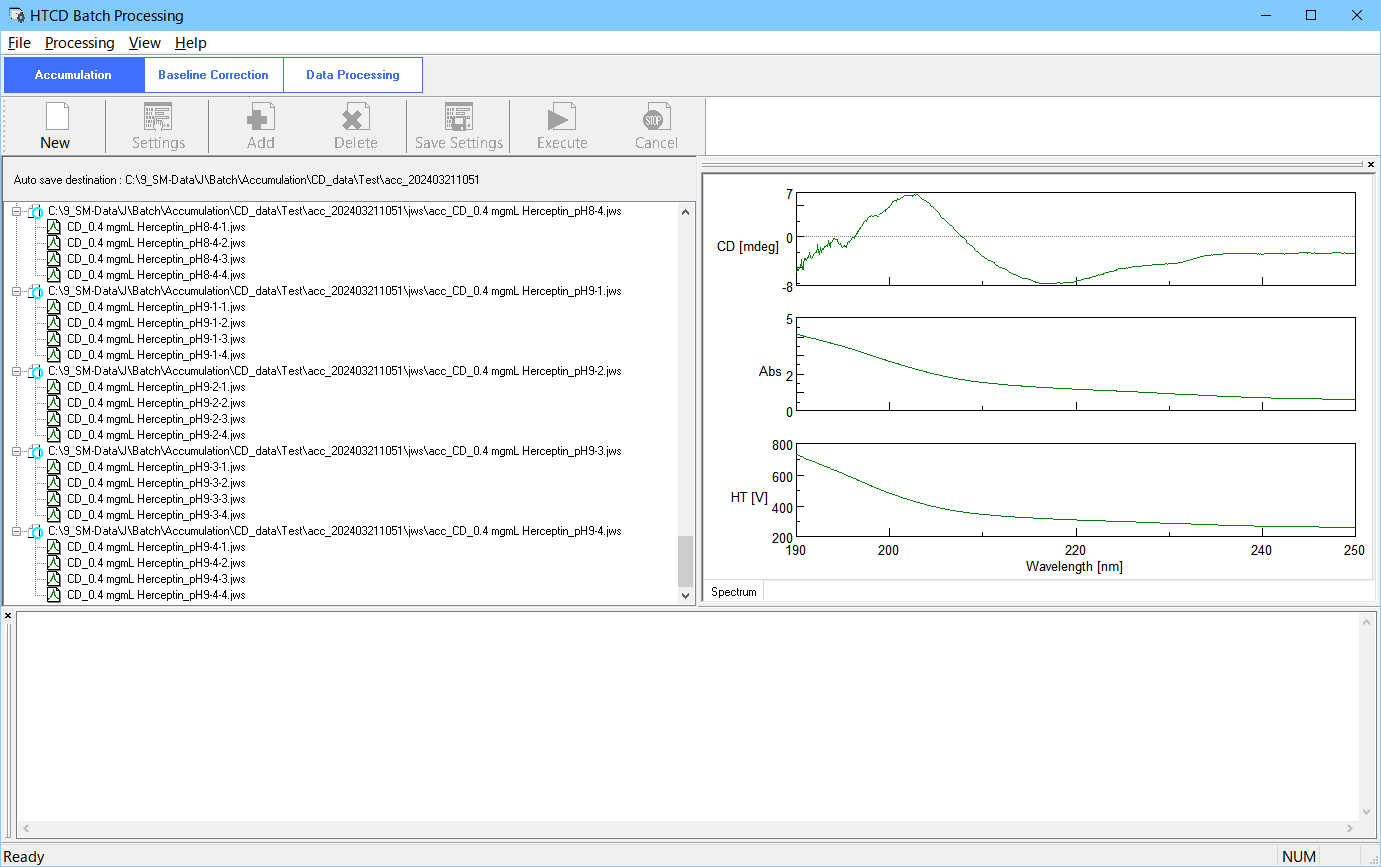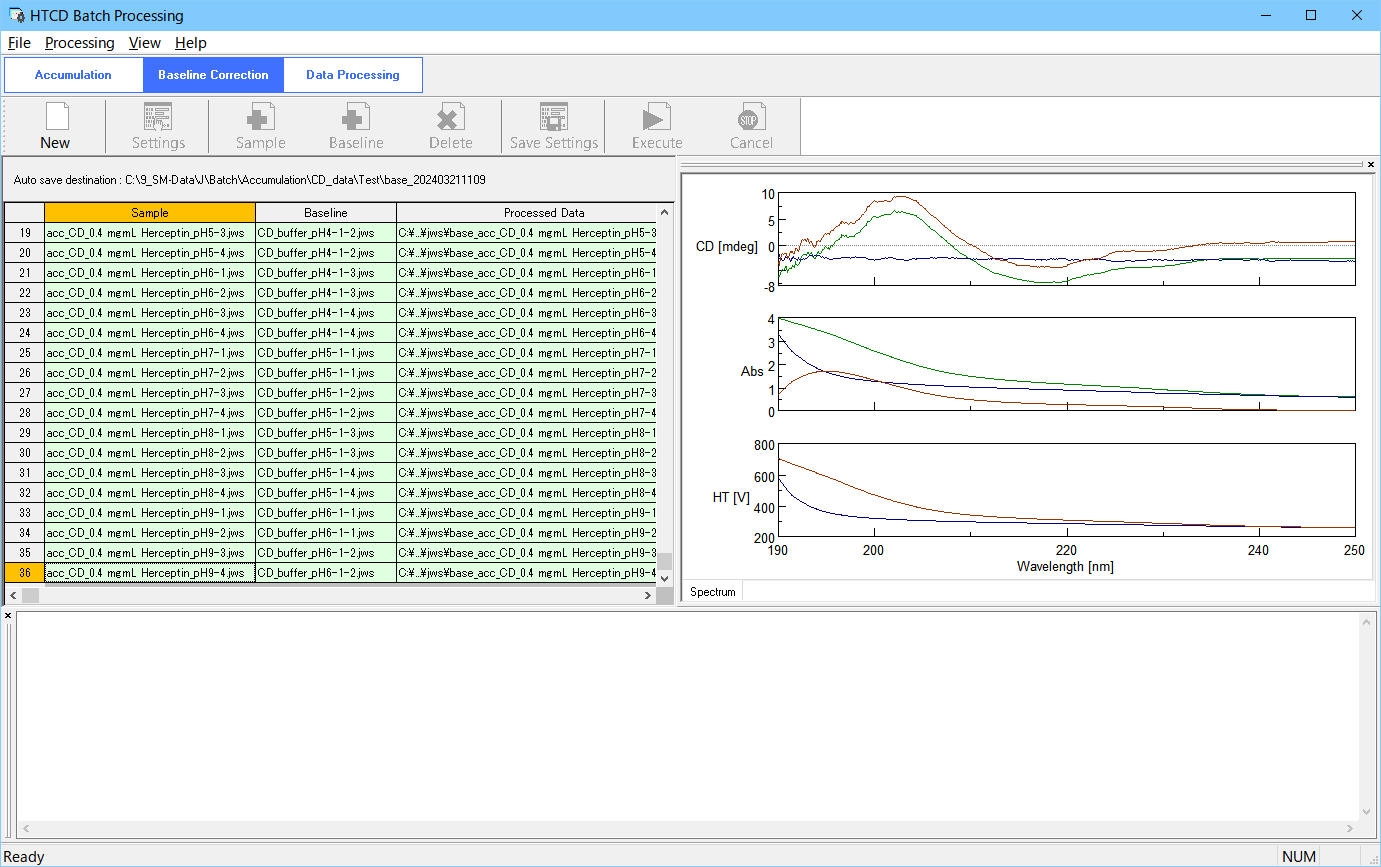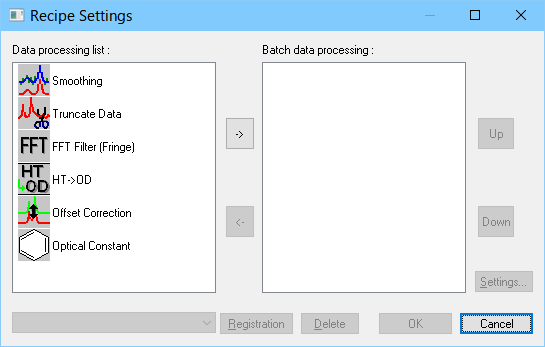Autosampling systems
The HTCD allows automated scanning measurements using pre-programmed parameters. The autosampler can be set to maintain the microplate rack or vial rack at a constant temperature to prevent sample denaturation or evaporation, and a system case has the interlock to prevent from operators injury. The flushing method is pre-programmed for protein or DNA/RNA samples to eliminate sample carry-over, and the method is also customizable with up to three flushing solvents. The system allows samples to be recovered after measurement, and batch data processing includes secondary structure and comparability analysis.

• Fully automated measurement of up to 192 samples (two 96-well microplates), or 120 sample vials
• Pre-registered flush method for protein or DNA/RNA samples can be selected to eliminate sample carry-over
• Retrofit capability to J-1500 CD spectrometer
• Flow monitor function to optimize the sample flow conditions
• Capability for performing simultaneous CD/fluorescence measurement (option, see the fluorescence section)
Optional Software
HTCD Batch Processing Program
This program performs batch data processing for multiple CD, Abs, and fluorescence spectra acquired using HTCD Plus system. This program has three modes: [Accumulation], [Baseline] and [Data Processing].

[Accumulation] mode
In [Accumulation] mode, spectra are sorted into group(s) called “branch(es)” where the spectra in an identical branch are averaged. Accumulation for multiple branches are processed in a single run.
In [Baseline] mode, multiple sample spectra are paired with baseline spectra and are subtracted by the paired baseline spectra in a single run.

[Baseline correction] mode

[Recipe Settings] dialog box in [Data Processing] mode
In [Data Processing] mode, data processing for multiple spectra can be performed in a single run according to a specified data processing recipe.
